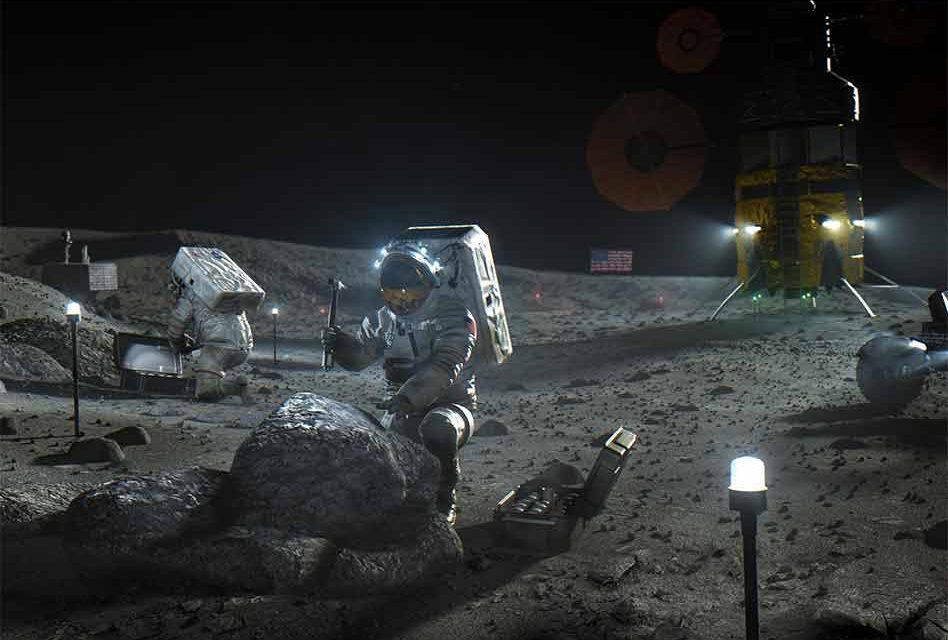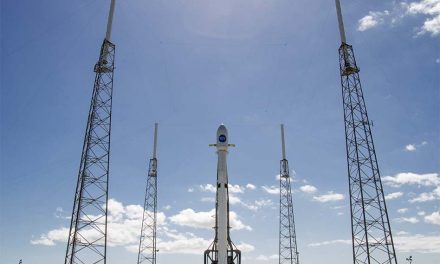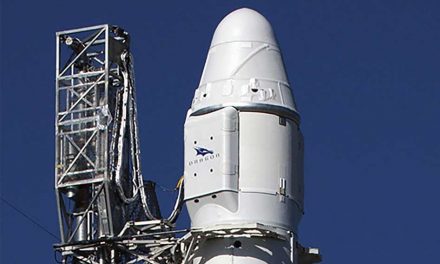NASA has officially announced the three U.S. companies that will be developing human landers that will land astronauts on the Moon. The projected date will be in 2024 as part of the Artemis program. These human landers are the final piece of the transportation chain required for sustainable human exploration of the Moon, which includes the Space Launch System rocket, Orion spacecraft, and the Gateway outpost in lunar orbit.
The awardees for NASA’s Human Landing System contracts are Blue Origin, Dynetics,and SpaceX. These teams offered three distinct lander and mission designs, which will drive a broader range of technology development and, ultimately, more sustainability for lunar surface access.
NASA is planning crewed demonstration missions to the lunar surface beginning in 2024. The initial demonstration missions represent a return to the Moon for the first time since 1972, but with several key differences, including the use of 21st century technologies and access to more parts of the Moon. Later sustainable demonstration missions will make full use of the Gateway-enabled capabilities, including refueling and reuse of all or parts of the lander.
To start, the companies will begin work in an approximate 10-month base period.
“NASA has a proven track record for landing people and cargo on other planetary surfaces,” said Lisa Watson-Morgan, Human Landing System program manager at NASA’s Marshall Space Flight Center in Huntsville. “It’s an amazing time to be with NASA partnering with U.S. Industry and our focused goals of landing humans on the Moon by 2024.”
When NASA astronauts land, walk, and work on the surface of the Moon in 2024, it will be the first time generations of people will witness humans walking on another planetary body, outside of watching historical footage from Apollo.

















